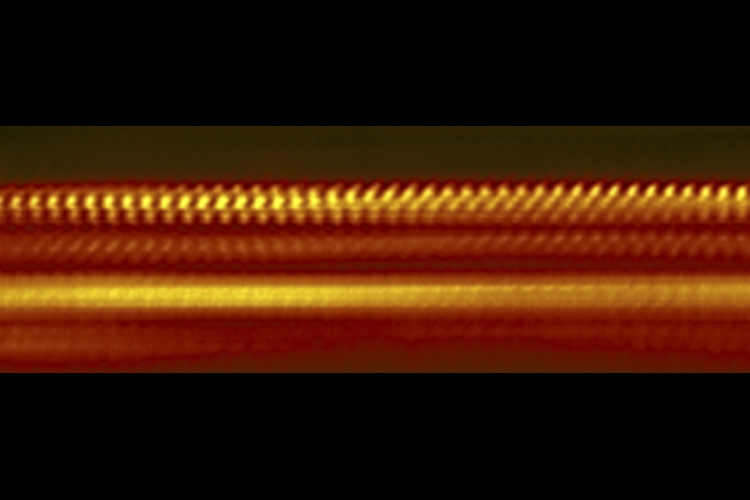
Electronic Insulation
Researchers from Stanford University developed materials that are as thin as a few atoms, and are able to protect people and heat-sensitive components. This could be the technology to create the heat shields needed to make future electronic devices even more compact.
The heat emitted by electronic devices, such as smartphones and laptops, is not only irritating but can also break down these devices and even explode lithium batteries. To prevent such problems, engineers often use glass, plastic, or even air layers as insulators to prevent heat-generating components such as microprocessors from damaging our devices or disturbing users.
Researchers showed that by stacking several atomically-thin layers of material around heated spots, it is possible to provide the same insulation as a glass layer that is 100 times thicker.
Behind this newly developed technology lies the thought that this heat generated by the electrical flow is, in essence, a very high-frequency sound. As the electrons flow through cables as electricity, they hit and vibrate the atoms of the material they pass through. More current vibrates more atoms, producing sound energy at a frequency that our ears are unable to hear. We perceive this energy as heat. In this case, we may also apply acoustic insulation solutions in homes to heated electronic components.
The researchers created an insulation barrier with a thickness of 10 atoms, consisting of one layer of graphene and three layers of different materials, just like two or more layers of glass used for windows. Despite being this thin, it is a very effective method of insulation, as atomic vibrations lose their energy while passing through each layer, being damped over and over again.
Besides providing insulation, scientists hope that one day, with this method, they may be able to control the vibration energy in materials the same way they control electricity and light right now.
REFERENCES
- 1. https://news.stanford.edu/2019/08/16/atomically-thin-heat-shield-protects-electronics/
- 2. https://phys.org/news/2019-08-shield-atoms-thick-electronic-devices.html
